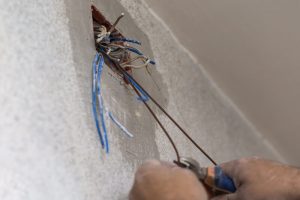 The thought of a complete home rewire can be worrying to some homeowners. But it’s always better to be safe than sorry.
The thought of a complete home rewire can be worrying to some homeowners. But it’s always better to be safe than sorry.
A complete Burbank house rewire can be less complicated than you think. Hence it’s important to know what to expect and how you can make this project go as smoothly as possible.
When would you need a Burbank house rewire
Regardless of where you live, the factors that make a complete house rewire necessary are always the same. And in most cases, it’s impossible to realize your home needs rewiring until certain problems occur or you are undertaking projects like remodeling or addition.
You would need a Burbank house rewire under any or most of the following conditions;
- Lights flicker when you turn on power demanding appliances
- You have old-fashioned wiring like cloth-covered wiring, fuse boxes, knob-and-tube wiring, and so on.
- There are signs of overheating at the socket outlets
- You are remodeling, renovating, or adding a new room.
- Breaker trips frequently or more than normal
- You are adding new demanding appliances
- After an inspection by a licensed electrician who confirms your wiring is worn out.
What happens during a Burbank house rewire?
- Things can get messy around the house because home rewiring projects can be disruptive. There will be wires, drywall and ceiling been cut into, and much more.
- Electricians often rewire in two stages. The first is fixing wiring and cables, and the second is installing everything connected to a socket or switch.
- You won’t have power for a while. The electricians will shut off electrical power to the home for safety purposes while working.
- You don’t have to leave your home while it’s being rewired. You can move from room to room or live nearby if you can’t deal with the mess.
- It can take anywhere between 2-10 days to rewire your home depending on how large your home is.
- Rewiring gives you the chance to future proof your home.
What does it cost to do a house rewire?
With a project like this, you might have already guessed it can dig deep into your pocket. The cost of house rewiring can differ depending on factors such as;
- Your location
- If the house is occupied or vacant
- Size of your home
- Age of your home
- The electricians you hire
It’s possible to spend up to $3000 rewiring a home in Burbank and much less when the factors come into play.
What if my home is already rewired?
It’s possible to discover that your home has already been rewired and is still in good shape for your use. The best way to tell is to call an electrician for an inspection, but if you’re just buying the home, you can look out for signs such as;
- Fabric covered wiring
- Old-fashioned Fuse box
- Old round pin sockets.
If your home does need a complete rewire, there are benefits in store for doing it. Rewiring your home with professional electricians helps you stay safe, fixes grounding issues, and gives you the capacity you need as a modern homeowner.





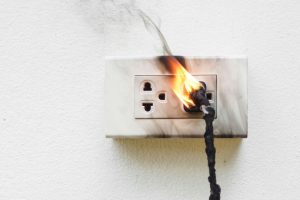 Cloth-covered wiring is a common subject that many homeowners end up faced with. It is often synonymous with old homes and you may not even know you have them. Read on for all you need to know about cloth-covered wiring in this article.
Cloth-covered wiring is a common subject that many homeowners end up faced with. It is often synonymous with old homes and you may not even know you have them. Read on for all you need to know about cloth-covered wiring in this article.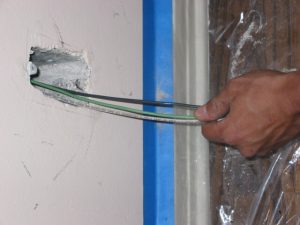 Your Beverly Hills home wiring is vital for electrical safety and functionality, and in some situations where it becomes inadequate, you will need to
Your Beverly Hills home wiring is vital for electrical safety and functionality, and in some situations where it becomes inadequate, you will need to 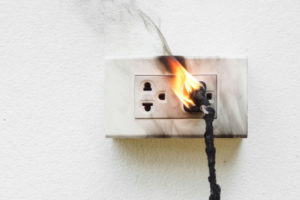 Your electric system works 24/7 providing the power you need to make life easier. While you might wish this efficiency can last forever, this is usually not the case.
Your electric system works 24/7 providing the power you need to make life easier. While you might wish this efficiency can last forever, this is usually not the case.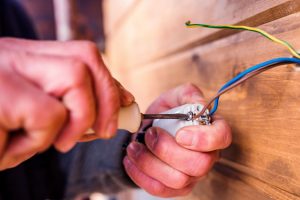 A new home comes with the excitement of setting up things just the way you like them. You could be eager to try out different colors and textures; explore flooring options, window placement, and so on. Getting everything done to your liking is what makes your new home feel truly yours. But, in all your planning, it’s important to consider creative electrical wiring options that may come in handy sooner than you know.
A new home comes with the excitement of setting up things just the way you like them. You could be eager to try out different colors and textures; explore flooring options, window placement, and so on. Getting everything done to your liking is what makes your new home feel truly yours. But, in all your planning, it’s important to consider creative electrical wiring options that may come in handy sooner than you know.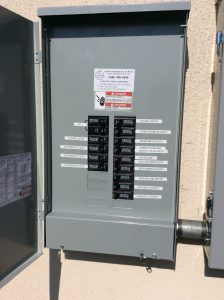 A refrigerator is almost a must-have in modern homes and as such various models hit the market every day trying to meet up with homeowners’ needs. When you purchase a new refrigerator, it’s fine to wonder if there will be any complications with your home’s electrical system.
A refrigerator is almost a must-have in modern homes and as such various models hit the market every day trying to meet up with homeowners’ needs. When you purchase a new refrigerator, it’s fine to wonder if there will be any complications with your home’s electrical system.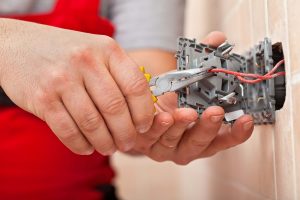 For your home wiring system, there is such a thing as pre-wiring or wiring for the future. This simply means applying pre-wiring tips that may become vital in the future for adding categories like audio, video, home security, network & Wifi, cable, satellite, and internet.
For your home wiring system, there is such a thing as pre-wiring or wiring for the future. This simply means applying pre-wiring tips that may become vital in the future for adding categories like audio, video, home security, network & Wifi, cable, satellite, and internet.